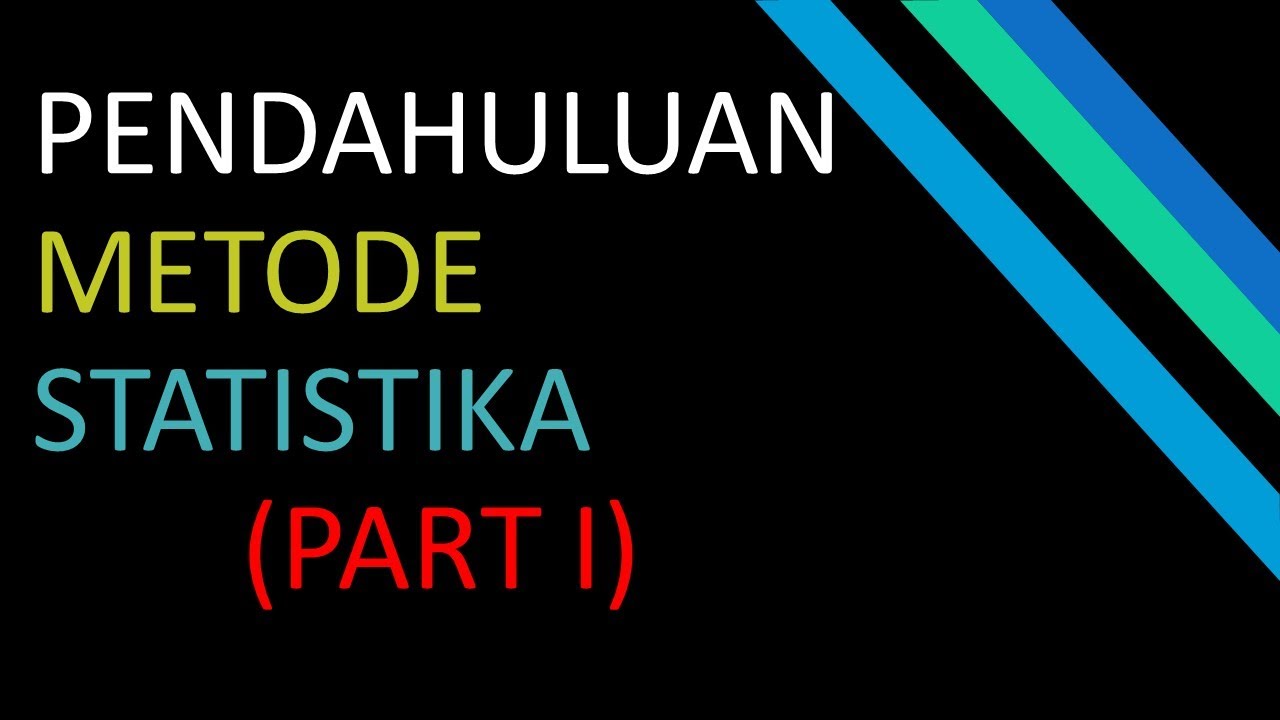一夜。統計學:敘述統計
Summary
TLDRThe video script introduces 'One Night of Statistics,' an educational presentation designed to give students a fundamental understanding of computer statistical analysis within a short timeframe. The instructor emphasizes that while a deep grasp of statistics isn't achievable overnight, the course can provide a practical application overview. The session covers ten common statistical techniques used in social science research, with a focus on five key methods: narrative statistics, average tests, reliability analysis, correlation analysis, and linear regression analysis. The script also provides a step-by-step guide on using SPSS for descriptive statistics, including calculating frequencies, percentages, means, and standard deviations, to demystify statistical analysis for students.
Takeaways
- 📚 The lecture aims to provide a basic understanding of computer statistical analysis in a short time frame, focusing on application rather than comprehensive knowledge.
- 📈 The concept of 'One Night of Statistics' is introduced to demystify statistical analysis and make it less intimidating for students.
- 🔢 The course covers ten common statistical techniques, but it's emphasized that not all techniques are necessary for every research paper; the choice depends on the research purpose or question.
- 📝 The first part of narrative statistics involves calculating frequencies and percentages to understand the demographic characteristics of the sample, such as gender, education level, and marital status.
- 📋 Descriptive statistics, the second part, includes calculating the mean and standard deviation to understand the central tendency and dispersion of responses to survey questions.
- 📊 SPSS is the primary software introduced for conducting narrative statistics, with a focus on its interface and environment for data analysis.
- 👉 The process of using SPSS involves selecting variables, placing them into the calculation area, and executing commands to generate professional reports.
- 📉 In SPSS, descriptive statistics can be found under the 'Analyze' menu, with options to calculate frequencies, percentages, means, and standard deviations.
- 🔑 The script guides students through the steps of using SPSS to perform narrative statistics, including selecting the right options and interpreting the output.
- 📚 The importance of practicing with the provided handouts and files is highlighted to ensure students can apply the techniques independently.
- 🎓 The lecture is tailored for master's students, with an emphasis on the most relevant statistical techniques for their theses.
Q & A
What is the main goal of the 'One Night of Statistics' presentation?
-The main goal of the 'One Night of Statistics' presentation is to provide a rough idea of computer statistical analysis and to reduce the fear associated with statistical analysis, rather than to fully understand all of statistics in one night.
What are the two main parts of descriptive statistics as mentioned in the script?
-The two main parts of descriptive statistics are calculating demographic characteristics of the sample, which includes counts and percentages, and analyzing the scores and distribution of each question, including their mean and standard deviation.
Why is it not necessary to include all ten statistical techniques in a thesis?
-It is not necessary to include all ten statistical techniques in a thesis because statistics are just a tool, and the choice of method should depend on the research purpose or research question.
What are the five most common statistical techniques highlighted in the script?
-The five most common statistical techniques highlighted in the script are narrative statistics, average test, reliability analysis, related analysis, and linear regression analysis.
How does the script suggest students familiarize themselves with SPSS interface and environment?
-The script suggests that students who have taken the class should already be a little familiar with the SPSS interface and environment, and they should be able to find where to download handouts or files for further practice.
What is the purpose of calculating frequency and percentage in descriptive statistics?
-The purpose of calculating frequency and percentage in descriptive statistics is to understand the population distribution in the sample, such as the characteristics and conditions of gender, education level, and other demographic variables.
How does the script describe the process of selecting variables for descriptive statistics in SPSS?
-The script describes the process as dragging the variables or items to be calculated to the right side of the SPSS window, where the computer recognizes the selected items and performs calculations according to the instructions given.
What does the script suggest about the default settings in SPSS for generating frequency distribution tables?
-The script suggests that in SPSS, the default settings for generating frequency distribution tables are already set to display the counts and percentages, which simplifies the process for the user.
How does the script explain the use of descriptive statistics to calculate mean and standard deviation?
-The script explains that descriptive statistics can be used to calculate the mean and standard deviation by selecting the 'Descriptive Statistics' option in SPSS, which then allows the user to input the variables and obtain the desired statistical measures.
What is the significance of calculating the mean and standard deviation for each question in a survey?
-Calculating the mean and standard deviation for each question in a survey helps to understand the central tendency and dispersion of the responses, providing insights into which questions have the highest scores and which have more variability in responses.
Outlines

Esta sección está disponible solo para usuarios con suscripción. Por favor, mejora tu plan para acceder a esta parte.
Mejorar ahoraMindmap

Esta sección está disponible solo para usuarios con suscripción. Por favor, mejora tu plan para acceder a esta parte.
Mejorar ahoraKeywords

Esta sección está disponible solo para usuarios con suscripción. Por favor, mejora tu plan para acceder a esta parte.
Mejorar ahoraHighlights

Esta sección está disponible solo para usuarios con suscripción. Por favor, mejora tu plan para acceder a esta parte.
Mejorar ahoraTranscripts

Esta sección está disponible solo para usuarios con suscripción. Por favor, mejora tu plan para acceder a esta parte.
Mejorar ahoraVer Más Videos Relacionados
5.0 / 5 (0 votes)






